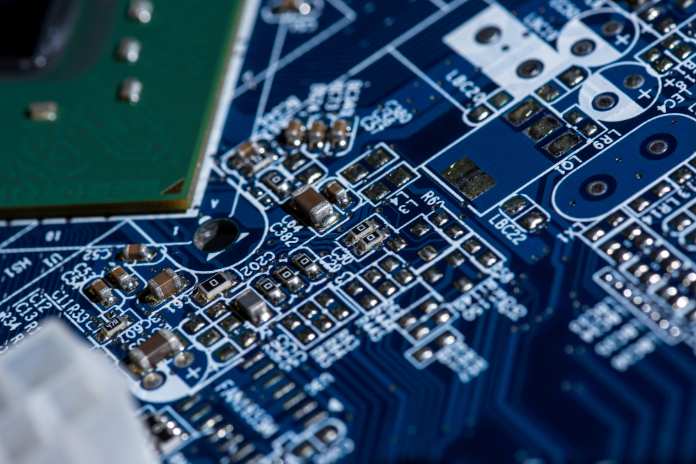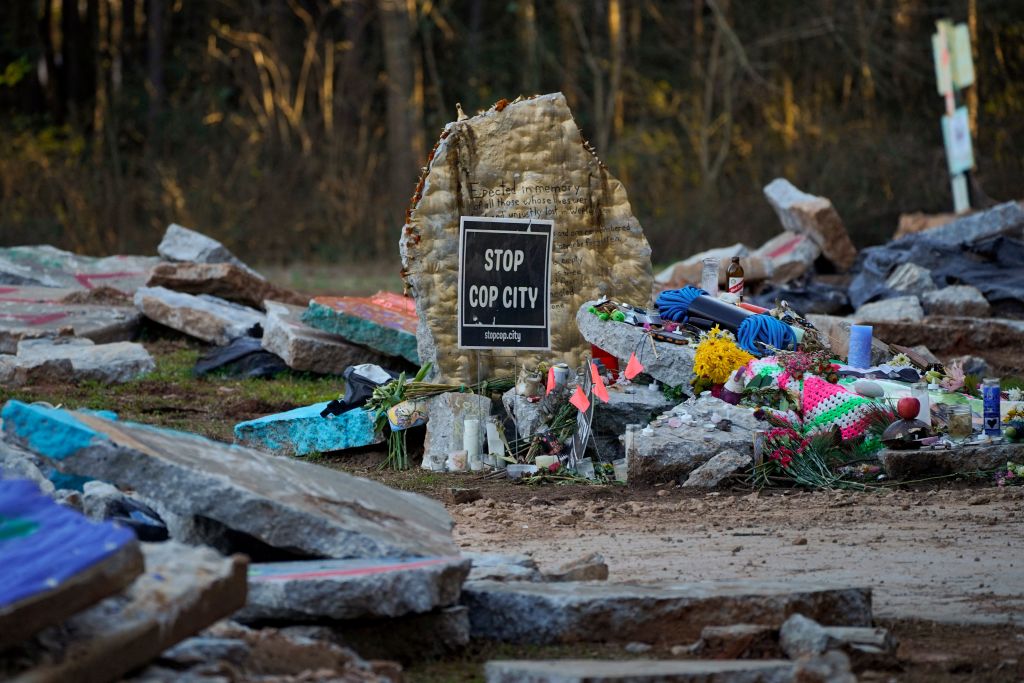
The passing of President Ebrahim Raisi prompts the question of his successor. Raisi was expected to succeed the Supreme Leader, Ayatollah Ali Khamenei but his death raises questions about the future of the most powerful position in the Middle East.
Differences between Supreme Leader and President
The Supreme Leader, also known as the Velayat-e Faqih in Shia Islamic theology, is the ultimate ruler in Iran and is responsible for making all major decisions concerning the state. The Supreme Leader, a position established after the 1979 Islamic Revolution, is also head of state and commander in chief.
Only men are eligible for the position. According to the type of Islamic law that’s implemented in Iran, it has to be given to a high-ranking Shia theologian who must be at least at the rank of Ayatollah—although it’s disputed whether Khamenei himself ever reached that level.
The president in Iran, meanwhile, is the head of the country’s executive branch and is elected in a closely vetted election process every four years. The president controls the government and, depending on that person’s political background and strength, can amass great influence over state policy and the economy.
Current Situation
According to Iran’s constitution, upon the president’s death, the first vice president assumes temporary leadership. Together with the judiciary chief and the parliament speaker, they hold a new presidential election within 50 days. In this case, Mohammad Mokhber, a former officer in the Islamic Revolutionary Guard Corps, is expected to become the temporary leader.
In an apparent effort to assuage public concerns about the stability of the government, Khamenei spoke about Raisi’s absence on Sunday evening—even before his death was confirmed—and said that no disruptions to governance were expected.
Impact of Raisi’s Death on Iran and the Region
One of the main questions raised by Raisi’s death is how it will affect the battle over who succeeds Khamenei as Supreme Leader, an issue that has preoccupied experts and analysts as Khamenei has aged.
Raisi’s death could also impact Iran’s relationship with the rest of the region. Iran supports various proxy groups, the most powerful of which are fighting Israel. The Revolutionary Guard Corps will ensure that Iran’s enemies do not exploit this moment of upheaval. Raisi also oversaw a period of improved relations with Gulf Arab countries like Saudi Arabia and the United Arab Emirates, and while this policy is likely to continue, a new leader may have different priorities.
Potential Successors to the Supreme Leader
In Iran’s intricate and secretive political structure, there are virtually no official or public spaces where questions about Khamenei’s replacement are openly discussed. However, analysts and insiders have mentioned Raisi and Khamenei’s son Mojtaba as top contenders.
Raisi’s death leaves Mojtaba as the clear front-runner for the position. However, such an appointment would be risky, as Iran has a complicated history with inherited rule—the leaders of the 1979 Islamic Revolution strongly opposed any system resembling the monarchy they overthrew.
Mojtaba’s popularity has also not been tested, as he does not hold any government position and is rarely seen in public. The Supreme Leader must be perceived as having genuine support from the masses to maintain legitimacy.


